Home \ Knowledge Hub \ Focus on \ Focus On… Tracking the movement of livestock – developing strategic interventions for infectious disease control in East Africa


14 Jul 2020
Focus On… Tracking the movement of livestock – developing strategic interventions for infectious disease control in East Africa
SHARE

DR DIVINE EKWEM
Postdoctoral Researcher (University of Glasgow)
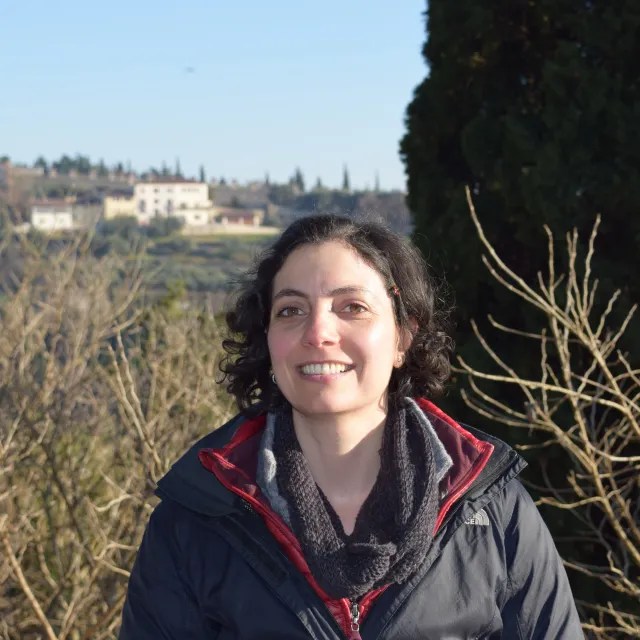
DR TIZIANA LEMBO
Senior Lecturer, University of Glasgow
Summary
Uncontrolled livestock movements in East Africa are often implicated in infectious disease transmission and spread. Here we present current perspectives on why such movements are essential and difficult to restrict, particularly in poor settings where people’s livelihoods are dependent on livestock production. We also discuss how an understanding of livestock movement dynamics can be used to design locally-acceptable disease control strategies.
Livestock and livelihoods
Africa is a leading livestock producing region. The livestock sector is also a critical component of the national economy, contributing to ~60% of the agricultural Gross Domestic Product. At the local level livestock are an essential source of food security – more than 70% of people rely on livestock products such as meat and milk, and draught power for subsistence. Furthermore, livestock help to generate income for household needs and constitute a form of investment which can be drawn on in time of scarcity or emergency.
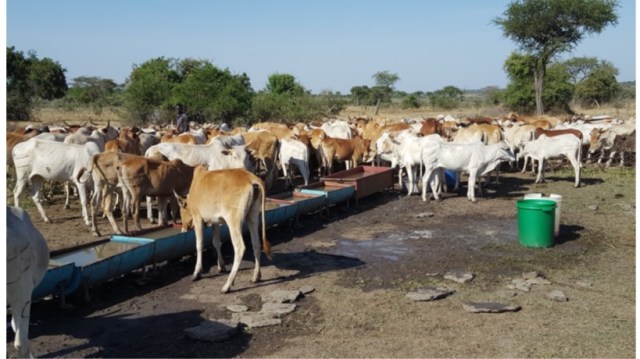

Livestock keeping in many parts of rural Africa depends on sharing of communal resource areas, such as grazing land, watering points or dips.
This results in widespread movements and mixing of herds, and therefore high potential for the spread and transmission of infectious diseases such as, for example, foot-and-mouth disease (FMD). Governments often restrict livestock movement as a way to control the spread of diseases, however these policies pose a severe socio-economic burden and undue hardship on rural communities who depend on such practices for their livelihoods. Understanding why and how animals are moved across the landscape is critically important if we are to devise strategies that limit infection potential while enabling farmers to ensure the survival and prosperity of this essential asset.
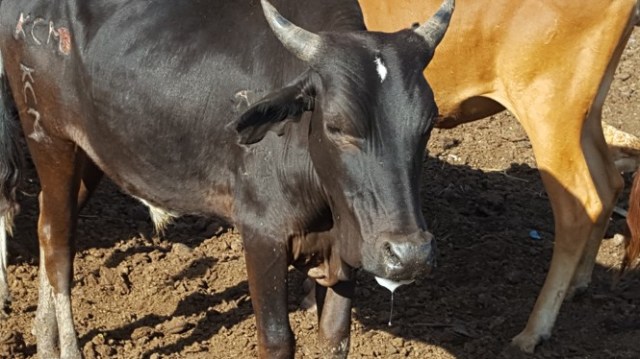
Why and how are livestock moved in Africa?
Factors influencing farmers’ decisions to move their animals are driven by a need to ensure livestock’s survival (e.g. grazing and watering), by economic reasons (e.g. demand for livestock products), or by environmental drivers (e.g. in response to seasons, or to escape the effects of droughts). Livestock are also moved as part of social interactions, such as dowries and other ceremonies. For example, livestock mobility is high during religious festive periods due to increased demand for meat. Such factors may result also in cross-border movements, although these tend to be largely motivated by trade.
There are two predominant livestock production systems in eastern Africa: agro-pastoralism (combining animal and crop production) and pastoralism (mainly based on livestock raising). We examined local-level movements in rural areas of northern Tanzania under both scenarios. Movements for grazing and watering occur every day, exposing many livestock to daily mixing. Some of these resource areas experience particularly high animal traffic because they are shared by multiple villages.
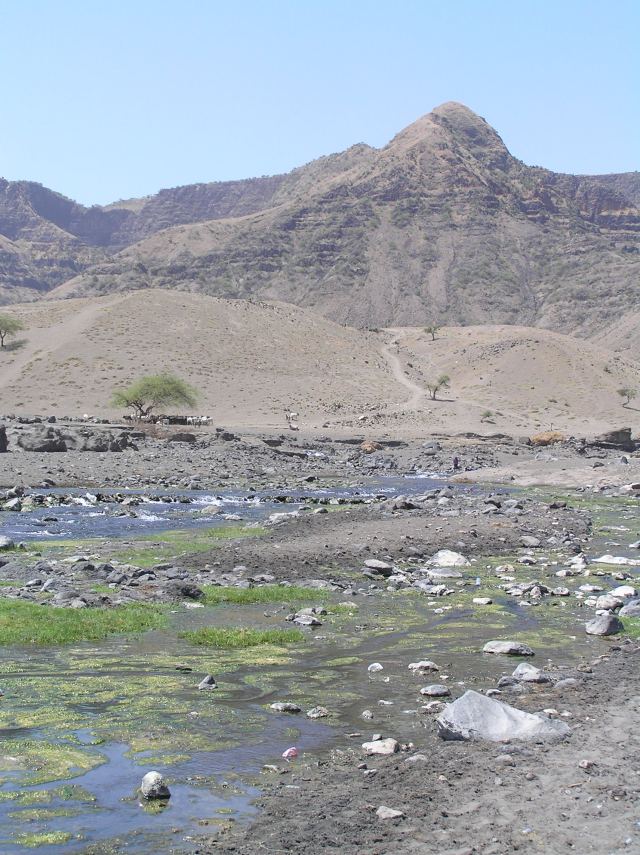
Seasonality, which in Africa is typified by alternating dry and wet seasons, plays an important role in patterns of movement as it influences the availability of resources such as pasture and water.
Since resources are scarcer in the dry compared to the wet season agro-pastoralists tend to move farther during this time of the year. The reverse is the case for pastoralists – they tend to move farthest in the wet season. This is because the grazing land for pastoral people is shared with migrating wildlife that seek the same highest quality grasses during the wet season, but carry infectious diseases. For instance, the migratory population of Serengeti wildebeest drop their calves during the wet season in the pastoral areas and release a virus responsible for a disease called malignant catarrhal fever (MCF) in the afterbirth. MCF can be fatal for livestock, so pastoralists move their animals away from these fertile pastures in the wet season to protect the health of their herds.
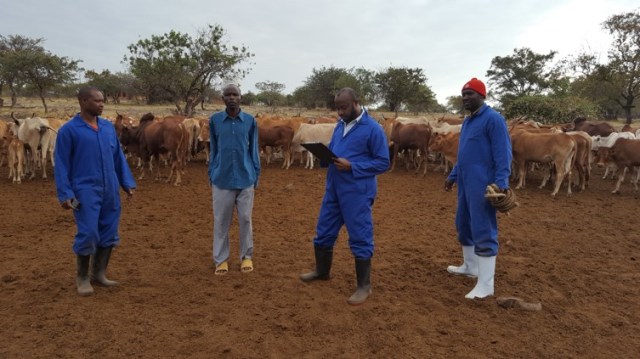
Animal movements are not only driven by a need to ensure livestock survival, but also by the demand for meat and other livestock products. Understanding trade dynamics across the broader landscape can better inform disease control policies both at local and regional levels. In northern Tanzania, the volume and directionality of livestock movements for sale and trade are mostly driven by the presence and type of markets.

Rural areas act as movement ‘sources’ with large catchments – after the sale of animals, only a very small proportion of livestock return back to rural households. However, urban destinations are very popular because the large human population means there is greater demand for livestock and sale prices tend to be more favourable to the seller. Therefore, urban areas act as ‘sinks’ with up to four times more livestock movement than non-urban areas.
This disparity in the number of animals being moved suggests that diseases are more likely to spread from rural areas to urban destinations, particularly if livestock are not slaughtered immediately.
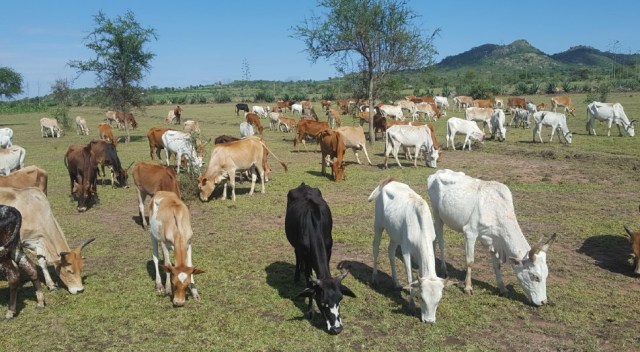
Developing disease control strategies that respect livestock movements
How can we use this information to miminise the impacts of infectious diseases on livestock survival while maximising the economic revenue for owners? By understanding first the locations where livestock aggregations are greatest, second the times and seasons when livestock movement is busiest, and third the regional demands of rural-to-urban trading we can devise far more nuanced and targeted intervention strategies. For example, this may include vaccinating only the livestock that share key nodes such as grazing lands that connect many villages, or vaccinating prior to the wet season in pastoral areas and after the wet season in agro-pastoral areas, or closing regional markets for a specified time-window.
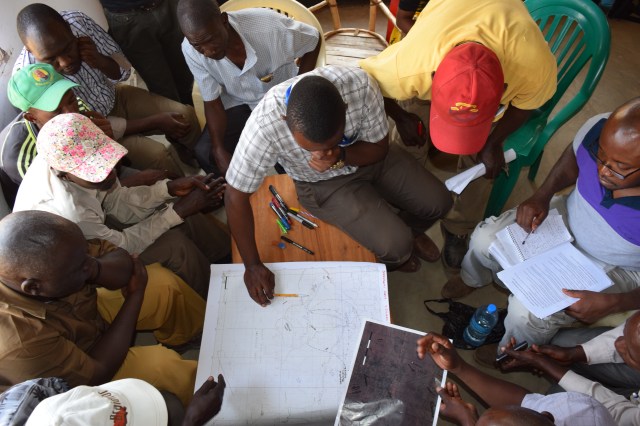
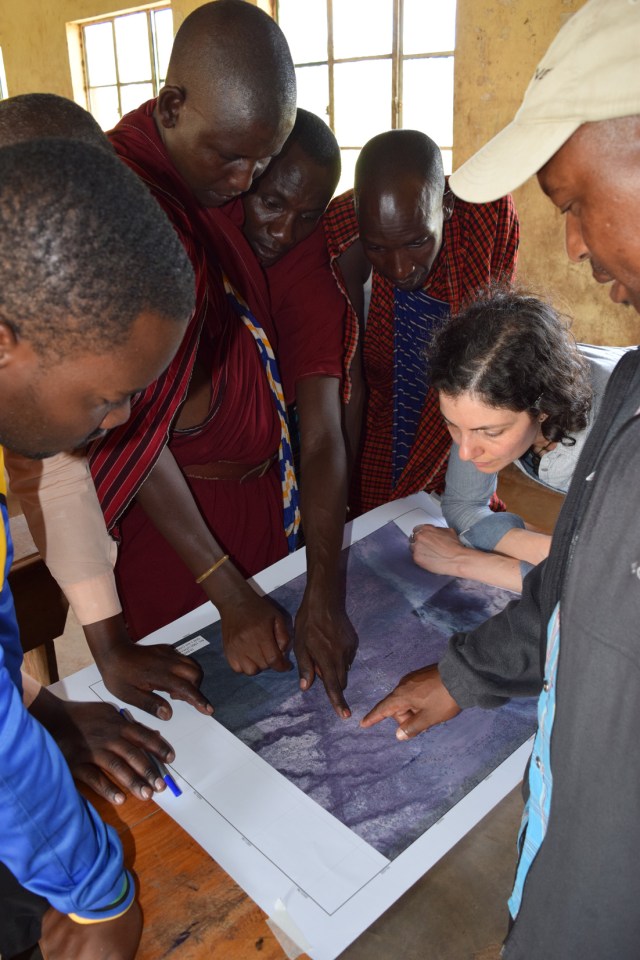
Using this information in a model of FMD transmission in Tanzania shows that targeting as few as 5% of the most connected villages would reduce FMD infection by 96% in the region. In this way, intelligent and efficient vaccination strategies can be devised that greatly reduce transmission without incurring large costs for developing countries.
Data presented in this article are based on Divine Ekwem’s PhD thesis:
Ekwem, D. (2019). Livestock movements as determinants of foot-and-mouth disease virus circulation in livestock populations in northern Tanzania. PhD Thesis, University of Glasgow.
DR DIVINE EKWEM
Postdoctoral Researcher (University of Glasgow)
DR TIZIANA LEMBO
Senior Lecturer, University of Glasgow
The views expressed in this article are those of the author(s) and do not necessarily represent those of MSD Animal Health.

